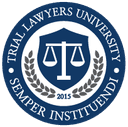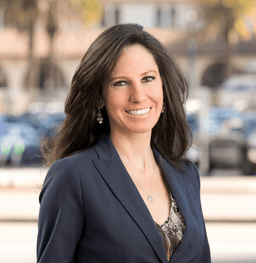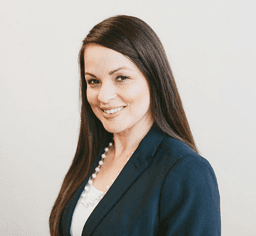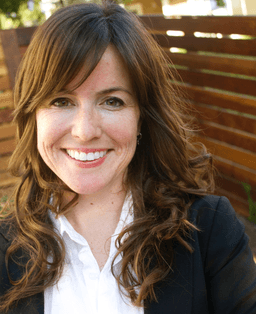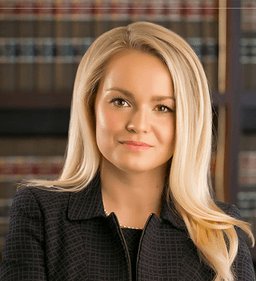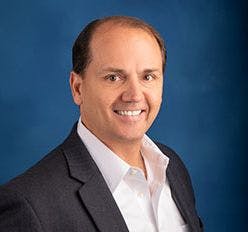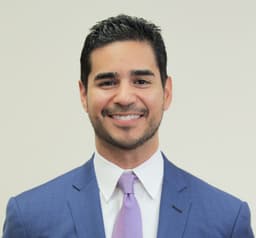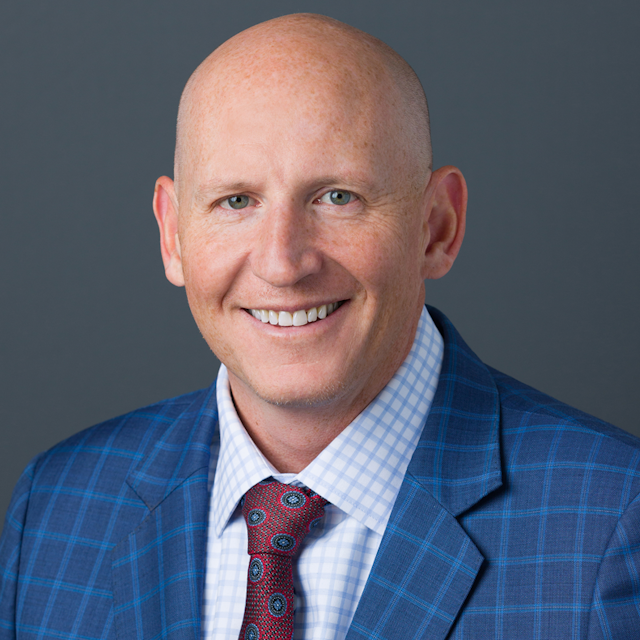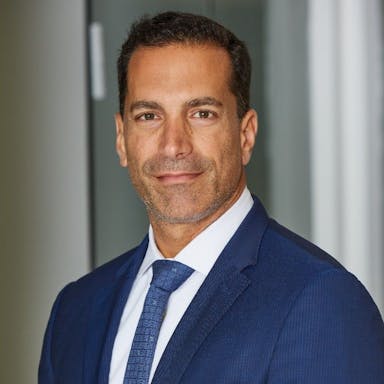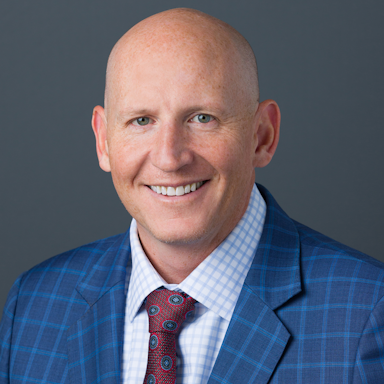Negligent Security
Hour 1: Negligent Security From The 30,000 Ft. Level
A. Crossover between premises liability and negligent security, and general legal theories
B. Screening/weeding out problematic cases (or claims) before it’s too late
C. Institutional vs. single property owner property scenarios, and key insights regarding each
D. Critical premises liability legal rules and concepts and how to use to your advantage
E. Insurance: what to watch out for and avoiding pitfalls
Hour 2: Fundamental Pre-Suit Investigation And Framing The Complaint
A. Mining for gold: obtaining crime statistics/other critical data regarding the property
B. Developing relationships with the police and governmental agencies and establishing early rapport with lay witnesses
C. Knowing your clients’ story: the good, the bad, and the ugly
D. Preparing a detailed complaint with examples of similar prior instances to avoid early dispositive motions
E. Naming/omitting potential defendants, and pleading punitive damages
Hour 3: Developing Meaningful Written Discovery/Subpoenas And Retaining The Right Experts
A. Critical steps leading up to the Rule 26 Conference and demonstrating intentional/targeted pre-discovery/NRCP 16.1 (or equivalent) requests
B. Targeted discovery for both prior and subsequent incidents, whether “similar” or not (“broken windows” theory), and seeking appropriate “institutional” discovery
C. Seeking information demonstrating lack of expenditures/training on safety/security vs. increased expenditures/training on property marketing, product placement, etc.
D. Timing/retention of security standards, property management, and appropriate damages experts and how to utilize them to define and bolster your case
E. Using experts effectively for developing your theories, and areas to exploit with respect to the defense experts.
Hour 4: The Importance of Lay Witness and 30(b)(6) depositions
A. How to best determine the timing and sequence of your depositions
B. Making police officers your best witnesses and potentially naming them as “non-retained experts”
C. Using employee testimony to maximize the effectiveness of your 30(b)(6) depositions
D. How to lay proper groundwork for an impactful 30(b)(6) deposition
E. Tips to keep the properties honest about prior incidents
F. Examples of effective testimony and how to get big admissions and concessions
Hour 5: Big Data and Preparing for Trial
A. What am I looking for? Big Data based on the type of case, key liability and damages issues, likelihood of punitive damages and development of meaningful themes
B. The importance of focus groups to get your story right and minimize bad facts
C. How and when to use juror questionnaires to get the most out of your Big Data
D. Developing themes for trial that connect and motivate jurors
E. How to use motions in limine to “quiet the noise” and focus the facts
Hour 6: Trying the multi-million-dollar premises liability case
A. Effective voir dire on tough liability/high damage cases
B. Preparing and ordering your witnesses – the importance of telling the story in the right way
C. Using your experts to educate jurors on key issues
D. How to use Big Data and prior incidents in trial to maximize impact
E. Using simple ways to effectively cross-examine experts on complicated topics
F. Tips for presenting high dollar damages without “sticker shock”
TLU Live HB Agenda
Track 1
Breakfast
7:30am - 9:30am
Hosted by
- 9:00a


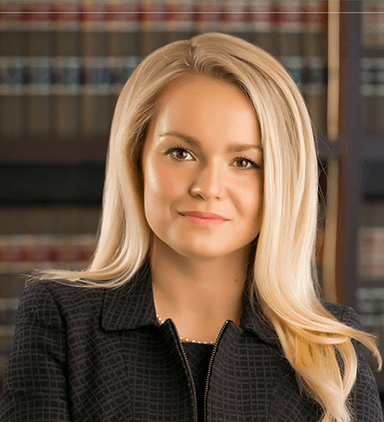 Andrew Robb · Brittany Sanders Robb Maximizing Damages
Andrew Robb · Brittany Sanders Robb Maximizing Damages Coffee & Snacks
Hosted by
- 10:15a

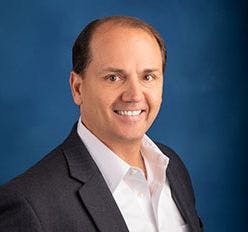 Joseph CamerlengoGetting to Amazon, FedEx, and Other Large Entities
Joseph CamerlengoGetting to Amazon, FedEx, and Other Large Entities Coffee & Snacks
Hosted by
- 11:30a

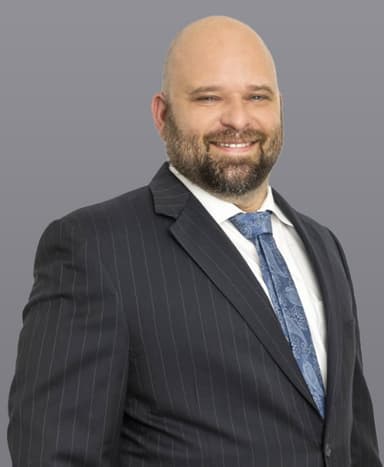 Tim FeliceDriving Drunk. Hiring Blind: Anatomy of the $92.3M Verdict
Tim FeliceDriving Drunk. Hiring Blind: Anatomy of the $92.3M Verdict Lunch
Sponsored by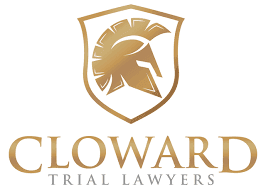
- 2:00p


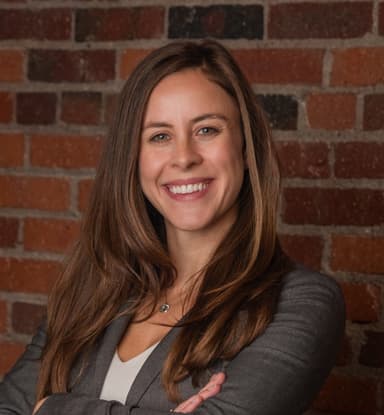 Kurt Zaner · Sarah McEahern Creating Drama at Trial – how to tell a story in trial through dramatic theatrical techniques
Kurt Zaner · Sarah McEahern Creating Drama at Trial – how to tell a story in trial through dramatic theatrical techniques Coffee & Snacks
Hosted by
- 3:15p



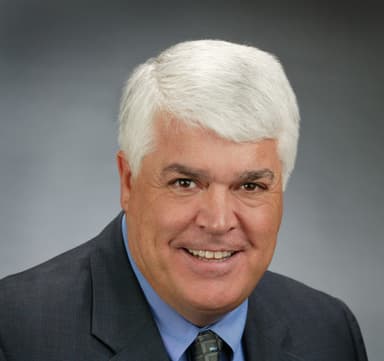 Dan Ambrose · Dirk Vandever · John RomanoBring Your Case to Life with Performance Skills
Dan Ambrose · Dirk Vandever · John RomanoBring Your Case to Life with Performance Skills Coffee & Snacks
Hosted by
- 4:30p


 Kurt Zaner · Sarah McEahern Writing a Story – Win your case in a page and a half
Kurt Zaner · Sarah McEahern Writing a Story – Win your case in a page and a half
Track 2
Breakfast
7:30am - 9:30am
Hosted by
- 9:00a


 Ben B. Rubinowitz · Michael Kelly Jury Selection
Ben B. Rubinowitz · Michael Kelly Jury Selection Coffee & Snacks
Hosted by
- 10:15a


 Edward Ciarimboli · Phillip Miller Creating and Using Visuals in Depositions and Trials to Bulletproof Your Case
Edward Ciarimboli · Phillip Miller Creating and Using Visuals in Depositions and Trials to Bulletproof Your Case Coffee & Snacks
Hosted by
- 11:30a

 Patrick Salvi IIABCs of Big Damages: Always Be Closing from Voir Dire to Rebuttal
Patrick Salvi IIABCs of Big Damages: Always Be Closing from Voir Dire to Rebuttal Lunch
Sponsored by
- 2:00p

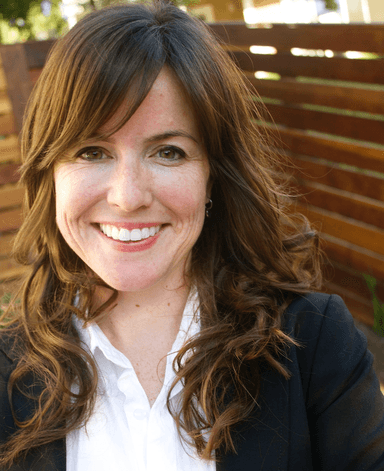 Jordanna ThigpenFee Applications & What I Learned in Bootcamp
Jordanna ThigpenFee Applications & What I Learned in Bootcamp Coffee & Snacks
Hosted by
- 3:15p

 Michael AlderFrom Good to Great: How to Maximize the Value of Every Injury Case
Michael AlderFrom Good to Great: How to Maximize the Value of Every Injury Case Coffee & Snacks
Hosted by
- 4:30p

 Michael AlderFrom Good to Great: How to Maximize the Value of Every Injury Case
Michael AlderFrom Good to Great: How to Maximize the Value of Every Injury Case
Track 3
Breakfast
7:30am - 9:30am
Hosted by
- 9:00a


 Joe Fried · Sach Oliver The Perfect Combination: Speed Trial and Depositions Are Trial Methodologies
Joe Fried · Sach Oliver The Perfect Combination: Speed Trial and Depositions Are Trial Methodologies Coffee & Snacks
Hosted by
- 10:15a


 Joe Fried · Sach Oliver The Perfect Combination: Speed Trial and Depositions Are Trial Methodologies
Joe Fried · Sach Oliver The Perfect Combination: Speed Trial and Depositions Are Trial Methodologies Coffee & Snacks
Hosted by
- 11:30a


 Joe Fried · Sach Oliver The Perfect Combination: Speed Trial and Depositions Are Trial Methodologies
Joe Fried · Sach Oliver The Perfect Combination: Speed Trial and Depositions Are Trial Methodologies Lunch
Sponsored by
- 2:00p

 Michael HillMaximizing Damages: Winning Large Verdicts and Settlements by Unlocking the Punitive Aspects of Compensatory Damages
Michael HillMaximizing Damages: Winning Large Verdicts and Settlements by Unlocking the Punitive Aspects of Compensatory Damages Coffee & Snacks
Hosted by
- 3:15p

 Stephen J. BurgHow to Super Charge your Verdict with Case Framing
Stephen J. BurgHow to Super Charge your Verdict with Case Framing Coffee & Snacks
Hosted by
- 4:30p

 Rahul RavipudiThe Importance of Jury Instructions And How To Argue The Law At Trial
Rahul RavipudiThe Importance of Jury Instructions And How To Argue The Law At Trial
Track 4
Breakfast
7:30am - 9:30am
Hosted by
- 9:00a

 John RomanoVisibilizing the Injury in Vehicle & Premises Cases
John RomanoVisibilizing the Injury in Vehicle & Premises Cases Coffee & Snacks
Hosted by
- 10:15a


 Eric Oliver · Scott Frost War on Truth: Trial and Closing Argument in Post-Truth Times
Eric Oliver · Scott Frost War on Truth: Trial and Closing Argument in Post-Truth Times Coffee & Snacks
Hosted by
- 11:30a

 Dirk VandeverVoir Dire - Wrongful Death
Dirk VandeverVoir Dire - Wrongful Death Lunch
Sponsored by
- 2:00p

 Randall Sorrels25 Game-Changing Strategies
Randall Sorrels25 Game-Changing Strategies Coffee & Snacks
Hosted by
- 3:15p

 Lloyd BellUsing AI and Apps to Prevail in Medical Malpractice Cases
Lloyd BellUsing AI and Apps to Prevail in Medical Malpractice Cases Coffee & Snacks
Hosted by
- 4:30p

 Przemek LubeckiThe Mental Game for Trial
Przemek LubeckiThe Mental Game for Trial
AM Workshops
PM Workshops
Thursday Parties

Elvis & Marilyn
5:30pm-8:30pm



Gaming Lounge
Music By DJ AVEC AMIS
8:30-11pm




